Brushing your dog daily is essential for their health, not only for a shiny coat but also to prevent skin issues, reduce shedding, detect early health problems, and strengthen your bond. A consistent brushing routine improves hygiene, supports circulation, and keeps your dog more comfortable and happy.
The Overlooked Importance of Daily Dog Brushing
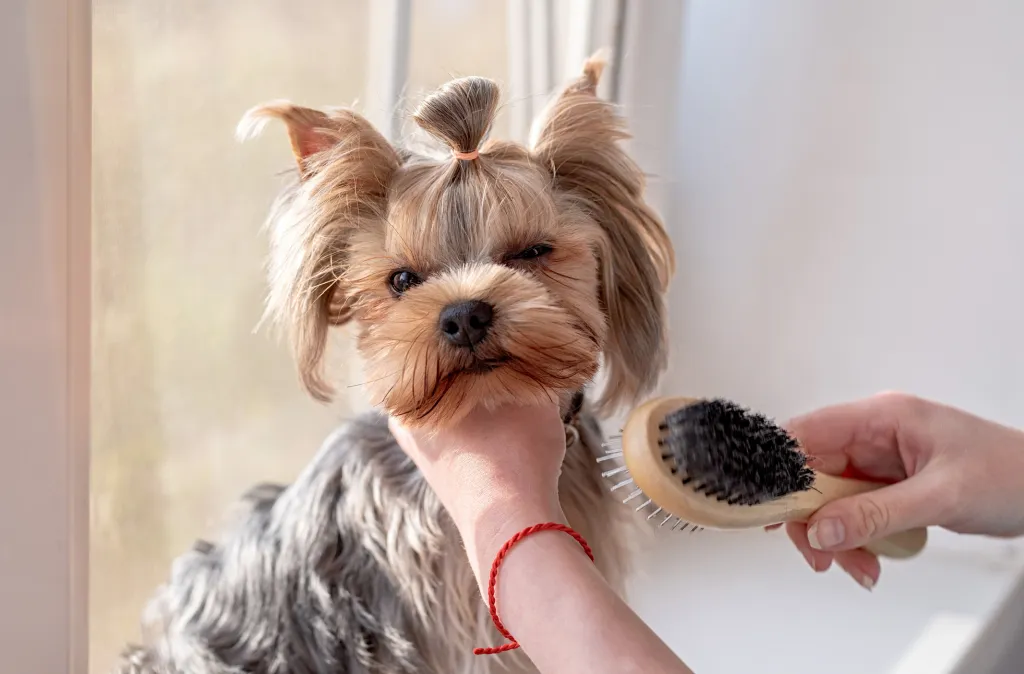
Daily dog brushing is not only about appearance. It is a key part of maintaining your pet’s overall health. When you make brushing a daily habit, you protect your dog from problems that often go unnoticed until they become serious.
Brushing should be viewed as part of a complete pet care routine. It supports coat health, prevents skin irritation, and reduces allergens in your home. Careers Collectiv recommends daily brushing as one of the simplest yet most effective steps to support your dog’s well-being. Their online dog grooming training helps pet owners and aspiring groomers understand coat care, handling, and best brushing practices.
Health Benefits of Brushing Your Dog Every Day
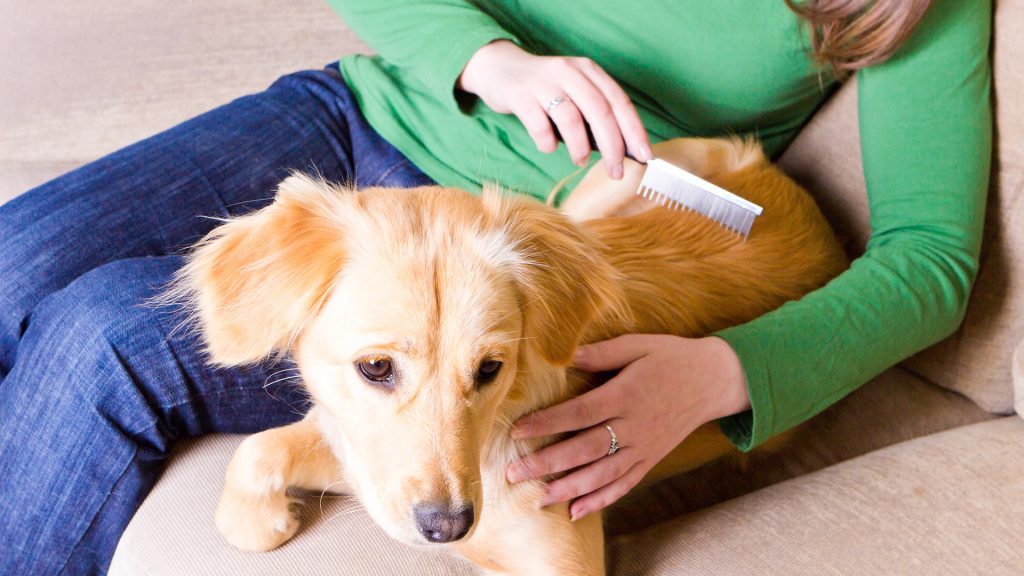
The benefits of brushing dog daily go far beyond controlling shedding. Daily grooming helps in multiple ways:
- Removes loose hair and dirt before they build up
- Distributes natural oils that keep the coat healthy
- Improves blood circulation through gentle stimulation
- Prevents tangles and matting that trap bacteria and cause skin infections
- Keeps your dog comfortable and less itchy
Brushing is not only about coat shine. It supports skin health, lowers the risk of irritation, and ensures your dog stays clean and healthy.
Brushing and Bonding – Strengthening the Human-Dog Connection
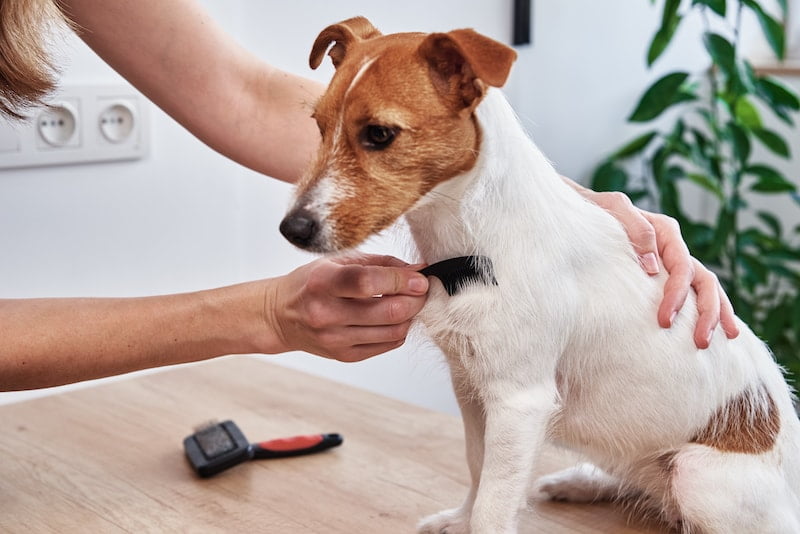
Dog grooming and bonding happen together when you brush your dog daily. Regular brushing teaches trust and creates a positive association with touch.
Brushing time helps you:
- Build routine and structure
- Calm nervous or anxious dogs
- Strengthen the emotional connection between you and your pet
Dogs feel secure when grooming is part of their daily life. Careers Collectiv highlights that brushing is as much about emotional care as it is about physical maintenance.
Brushing as a Preventative Health Check

Dog grooming for health checks is one of the most overlooked advantages of daily brushing. Each session is an opportunity to notice early warning signs of health issues.
You can detect:
- Fleas or ticks hiding under the coat
- Unusual lumps, bumps, or cuts
- Signs of skin dryness or allergic reactions
Many veterinarians agree that owners who brush their dogs daily are more likely to catch issues early, leading to faster treatment and better outcomes.
Brushing Different Coat Types – Tailored Routines
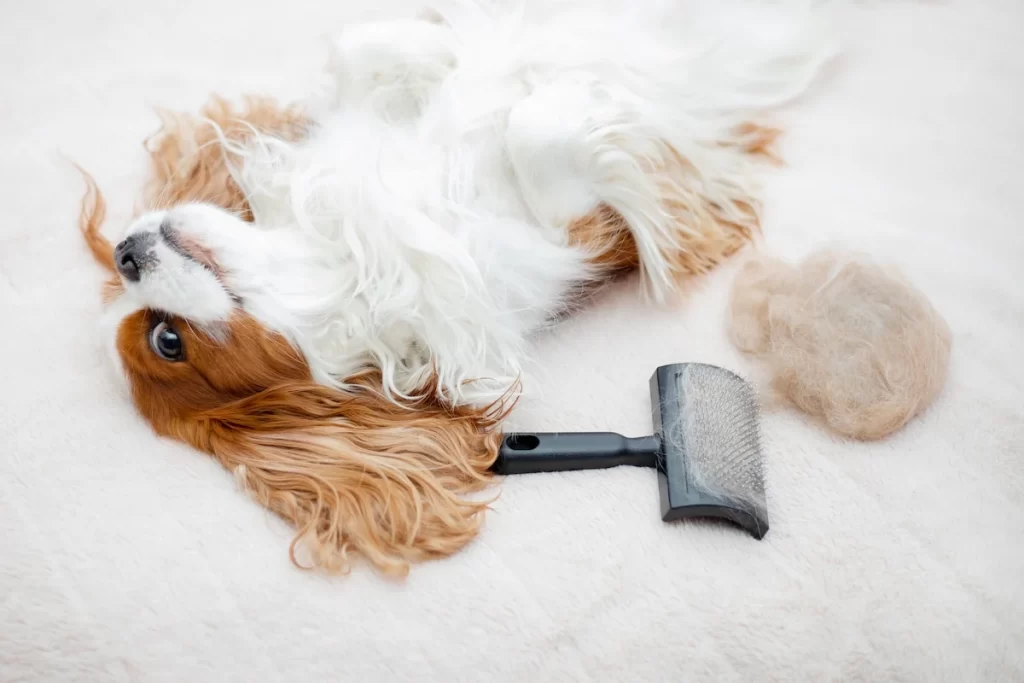
Brushing short-haired dogs and long-haired dogs requires different approaches. Understanding coat type is critical for effective grooming.
- Long-haired breeds: Daily brushing is non-negotiable. Mats form quickly and can cause painful skin infections.
- Short-haired breeds: Brushing is still important, even if hair seems manageable. It removes dirt, distributes oils, and reduces shedding.
- Double-coated breeds: Pay extra attention during seasonal shedding periods in spring and fall.
Skipping brushing for any coat type increases the risk of discomfort, poor coat health, and hygiene issues.
Tools and Techniques for Effective Brushing
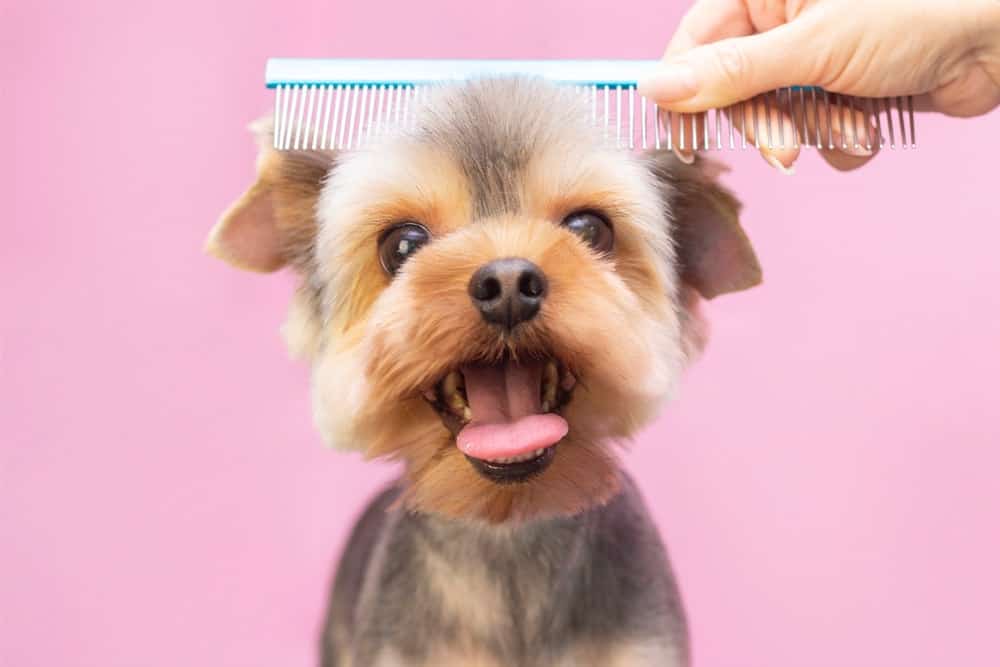
Best dog brushes are those matched to your pet’s coat type. Using the wrong tool often makes brushing ineffective or uncomfortable.
Tools to consider:
- Slicker brushes for long-haired or double-coated breeds
- Deshedding tools during shedding seasons
- Rubber curry brushes for short-haired breeds
- Combs to check for tangles near the ears and tail
Step-by-step brushing routine:
- Choose a quiet, calm space
- Start gently at the head and work toward the tail
- Use long, smooth strokes to cover the body
- Focus on problem areas like behind ears and under legs
- End the session with positive reinforcement, such as treats or praise
Careers Collectiv advises avoiding over-brushing sensitive spots. The goal is comfort, not irritation.
Brushing vs Professional Grooming – Finding the Balance
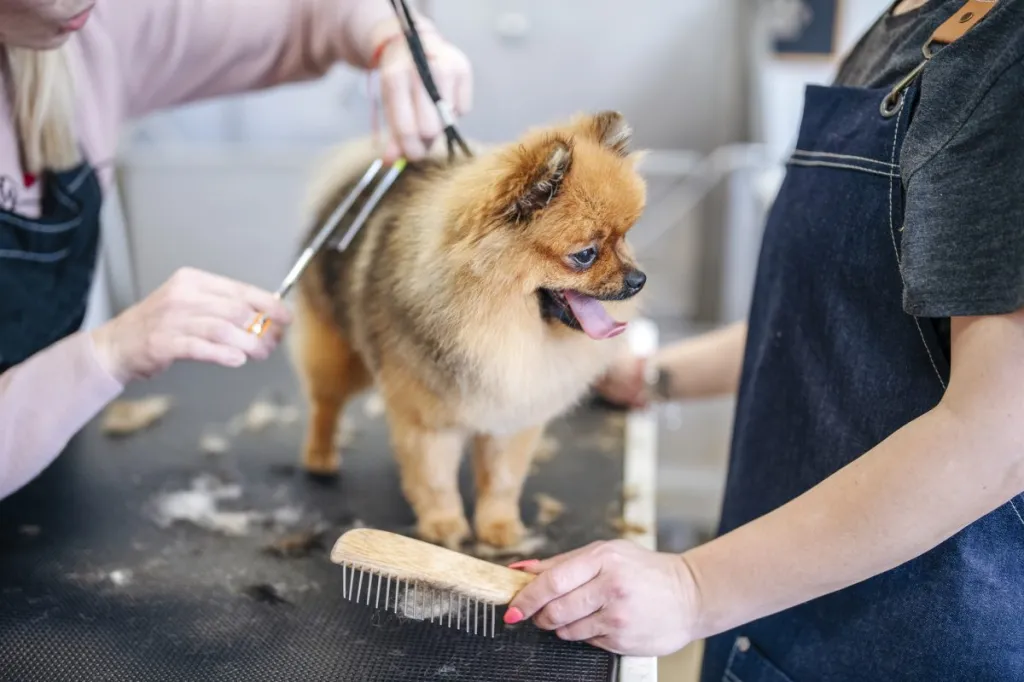
Dog grooming vs brushing at home is not an either-or choice. Both have their place.
- Daily brushing at home maintains coat and skin between appointments
- Professional grooming provides trimming, nail care, and deep cleaning
- Combining both ensures complete care and prevents long-term issues
Even if you visit a groomer regularly, skipping daily brushing leads to unnecessary discomfort for your dog.
FAQs About Brushing Your Dog
How often should I brush my dog?
Every day, regardless of coat type. Even short-haired dogs benefit from daily care.
What happens if I don’t brush my dog daily?
Expect increased shedding, matting, potential infections, and missed early signs of health issues.
Can brushing replace professional grooming?
No. Brushing is maintenance, while groomers handle deeper care like trimming, bathing, and nail clipping.
Is it okay to brush a dog with sensitive skin?
Yes, but choose softer brushes and shorter sessions. Consult a vet if irritation appears.
Building a Daily Brushing Routine That Works
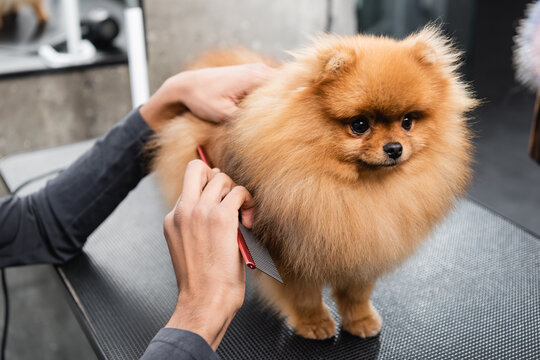
Daily brushing routine for dogs should fit naturally into your schedule. Making it easy ensures consistency.
Tips to succeed:
- Brush after walks when your dog is calm
- Keep sessions short, around 5 to 10 minutes
- Use rewards such as treats to build cooperation
- Stay consistent, even if the coat looks fine
Over time, brushing becomes a routine that your dog accepts and even enjoys.